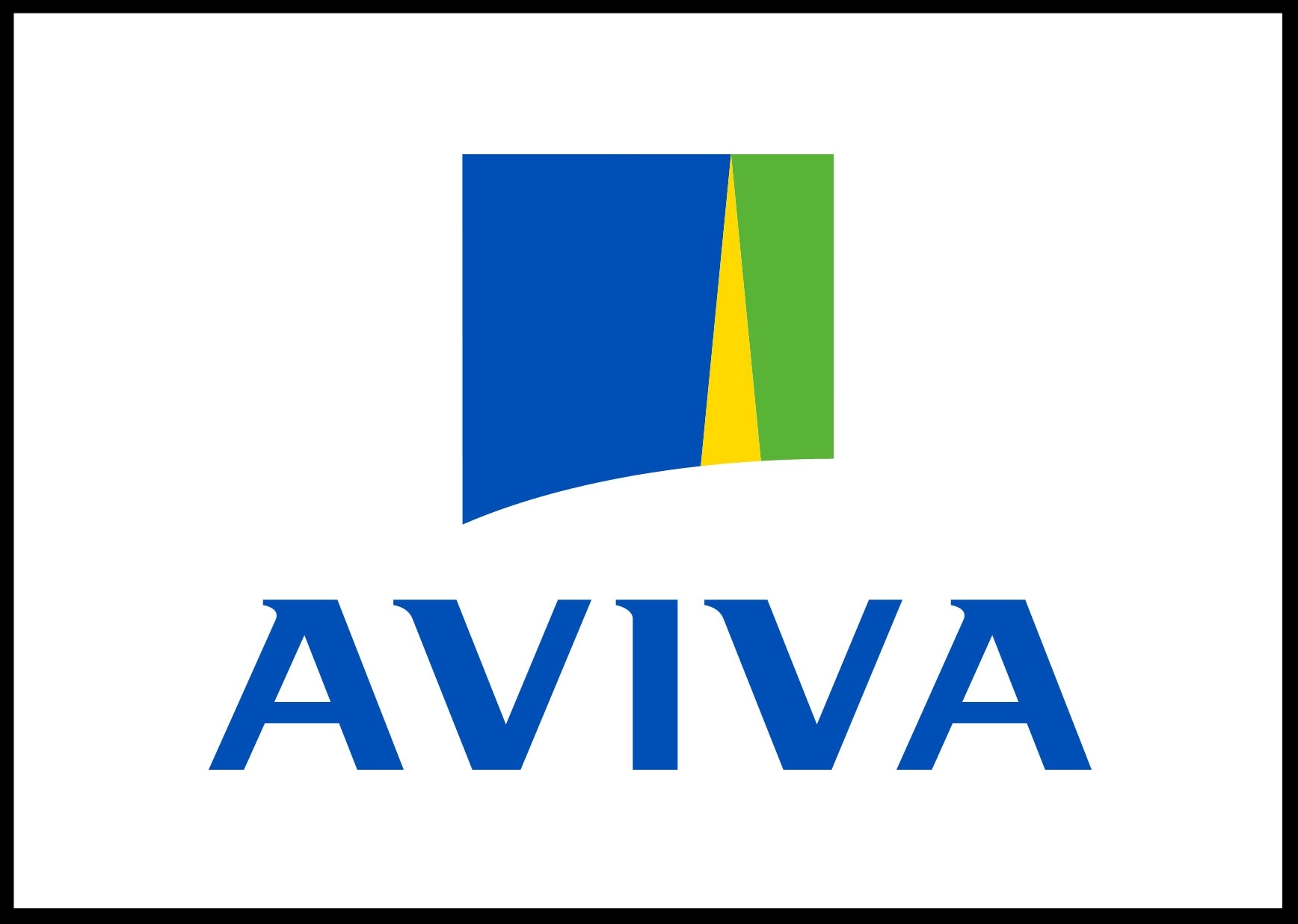SOME OF THE MORE COMMON QUESTIONS WE GET ASKED
How much will it cost?
ADULT
Adult Osteopathic consultation €75
Adult Follow up appointments €75
baby
Baby Osteopathic Consultation - assessment €100
Baby Follow Up Appointments €100
Baby (PlagiocephalY) Head/Neck issues Consultation €150
Baby (Plagiocephaly) Head/neck Follow Up €150
What are your payment methods? Please note while we do accept card payments there is an additional €2 charge on any card payments, therefore it may be advisable to pay using cash on the day.
Do you have a cancellation policy? Please note that a cancellation policy is applied so as not to prevent another patient from attending the clinic. If you cannot make your appointment please provide 24 hours’ notice, otherwise a 50% cancellation fee will apply.
Is Osteopathy covered by health insurance companies? All of the major health insurance companies including VHI, Aviva, Laya Healthcare, GloHealth and St. Paul’s Garda Medical Aid cover Osteopathy. The amount of cover depends on your individual policy. Please check with your health insurance provider to see how much you can claim.
What is Osteopathy? This is the most common question people ask. Most people tend to think that it is something to do with bones, and to some degree it has. Osteopathy is a form of manual therapy much like physiotherapy or physical therapy which helps with a whole range of musculoskeletal conditions anywhere in the body from head to toe. Osteopathy was founded in the United States by Dr Andrew Taylor Still in 1874, Modern day osteopathy uses many different techniques such as soft tissue techniques, muscle energy techniques, mobilisation and manual readjustments where necessary.
What is an Osteopath?
Osteopaths are registered and trained health care practitioners who must hold a recognized qualification at Degree or Masters level, meaning many years of study and clinical practice. Osteopaths must have completed at least 1000 clinical hours of practice as well as complete many different exams. Osteopaths are trained to take a full detailed medical case history from their patient. This means osteopaths are highly trained in recognizing many different pathologies which the patient may present with, and to rule out any sinister pathology. If an osteopath suspects anything suspicious they may refer you to your GP for further tests or examinations. Osteopaths are trained to assess the patient by using different clinical methods and also by using different orthopedic tests. Osteopaths are highly trained in the skill of palpation and use their palpation skills to assess how the body is moving and functioning in a general range of motion. The osteopath will try and treat the patient from a holistic view taking into account the patients environment and lifestyle. From the examination, a working diagnosis and prognosis is given and a treatment plan is devised, which is discussed in correlation with the patient. The osteopath can also offer rehabilitation programs and advice for general day to day life.
What is the difference between an Osteopath, Physiotherapist and a Chiropractor?
All three professions treat the same conditions and patients but from different view points and perspectives. Practitioners from each profession may treat in a similar or different way depending on their experience, specialities and interests. Likewise practitioners of other professions may treat in a similar way to practitioners of other professions.
Osteopathy - Aims to treat the patient from a global and holistic perspective taking into account the patients lifestyle and look at the predisposing and maintaining factors which may be contributing to the overall problem . While the patient may present with pain in one area the Osteopath will try and address the underlying cause of pain and sometimes treat away from the area of pain. Osteopaths are trained to treat using osteopathic techniques which include soft tissue, muscle energy techniques, articulation (mobilisation) of joints, craniosacral technique and where appropriate and necessary they will also perform manipulation or adjustments in certain areas which may not be functioning at optimal level. Osteopathy is not only beneficial for joint and muscle pain, but can also assist with problems that arise during pregnancy and early childhood. Techniques can be adapted to suit any age or condition.
Chiropractor - A chiropractor is a health care professional with an emphasis on treating the patients through manual adjustment and or manipulation of the spine. Most chiropractors aim to reduce pain and improve the overall function of their patients as well as to educate on how to improve via exercise, ergonomics and other therapies to treat back pain. Chiropractic treatment times are generally shorter in duration on average than a treatment from an osteopath.
Physiotherapy - Much like osteopathy the physiotherapist aims to restore movement and function when someone is affected by injury, illness or disability. Physiotherapists help people affected by injury, illness or disability through movement and exercise, manual therapy, education and advice. A physiotherapist will generally not do any adjustments or manipulation unless they have done further specialized training. Physiotherapists work in a variety of specialisms in health and social care.
At Naas Osteopaths we do not propose to be expert or proficient in the theory and practice of chiropractic and physiotherapy. For more information on the definition of other health care professionals, you would be advised to contact their professional regulatory or registration associations.How long is the appointment? Generally speaking an osteopathic consultation will last 40 min. During this time your osteopath will take a detailed case history including your medical history. After the osteopath will do an examination and perform any tests which may be relevant to your case and will aid in helping to make a diagnosis. Your osteopath will aim to get at least 15 minutes of treatment in your first appointment. Follow up appointments are generally 30 minutes in duration and will mostly comprise of treatment only.
Do I need to pay and claim back or can i fill a form in from you? We ask that you pay and claim back from your insurance provider.





